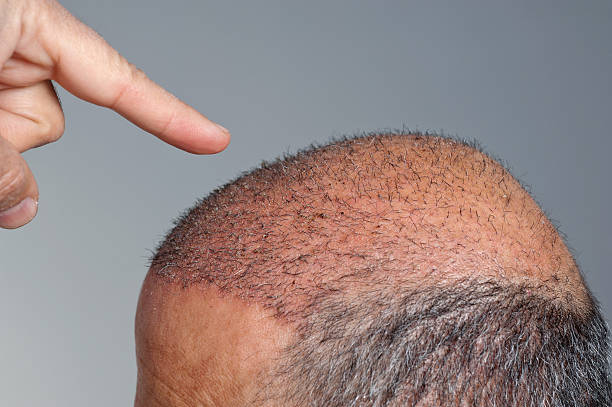Unveiling the Science and Art of Hair Transplant
Hair transplant has become an increasingly popular solution for those experiencing hair loss. It's a medical procedure that involves the transplantation of hair follicles from one part of the body (known as the 'donor site') to the balding area (the 'recipient site'). The process is intricate, requiring a delicate balance of science and art, and has evolved significantly since it was first introduced in the 1950s. This article will delve into the evolution of hair transplant, its current practices, trends and impact, and the unique insights that you may not have encountered elsewhere.

The Roots: Historical Context of Hair Transplant
Hair transplant procedures were first developed in the 1950s by Dr. Norman Orentreich, a New York dermatologist. His groundbreaking work pioneered the concept of “donor dominance,” which established the understanding that hair follicles transplanted from areas resistant to balding would retain their characteristics, even when relocated to balding areas. This discovery laid the foundation for modern hair transplantation.
The procedure has evolved significantly over the decades. In the early days, large plugs of hair were moved, resulting in an unnatural, ‘pluggy’ look. But with technological advancements and increased understanding of hair growth patterns, the procedure has been refined to produce more natural-looking results. Today, hair transplant surgeries are less invasive, more efficient, and yield better aesthetic outcomes than ever before.
Modern Techniques: FUT vs FUE
Modern hair transplant procedures primarily use two methods: Follicular Unit Transplantation (FUT) and Follicular Unit Extraction (FUE). FUT involves removing a strip of skin from the donor area, then dissecting it into individual follicular units which are transplanted into the recipient area. Although it leaves a linear scar, FUT allows for a larger number of grafts in a single session.
On the other hand, FUE involves extracting individual hair follicles from the donor area and transplanting them to the balding area. This method leaves minimal scarring and is less invasive than FUT, making it a popular choice among patients. However, the surgical skill required for FUE is higher, and it may require multiple sessions for extensive hair loss.
Impact and Reception: Changing Attitudes toward Hair Transplant
Once stigmatized and misunderstood, hair transplant procedures have become more socially acceptable over time. Celebrities openly discussing their own hair transplants have helped reduce the stigma associated with the procedure. Furthermore, the improved aesthetic results of modern techniques have contributed to its growing acceptance and popularity.
The impact of hair transplant extends beyond aesthetics. Hair loss can have a significant psychological impact, affecting self-esteem and mental health. By addressing hair loss, hair transplants can help improve the psychological wellbeing of patients, boosting their confidence and self-image.
Future Trends: Robotics and Regenerative Medicine
The field of hair transplantation continues to evolve, with new trends emerging. One such trend is the use of robotic systems, like the ARTAS system, to aid in follicular unit extraction. Such systems can increase the precision and efficiency of the procedure, reducing the risk of human error.
Another exciting development is the potential use of regenerative medicine. Stem cell therapy, for instance, holds promise for hair regeneration. By injecting stem cells into the scalp, it may be possible to stimulate the growth of new hair follicles, providing a new avenue for treating hair loss.
Concluding Thoughts: The Marriage of Science and Art
Hair transplant is a field where science and art converge. It requires a deep understanding of hair growth patterns, surgical precision, and an artistic eye to create a natural hairline. As technology and medical understanding continue to advance, the future of hair transplantation holds promise for even more effective and natural-looking solutions to hair loss. Yet, it’s crucial for potential patients to remember that every method has its pros and cons, and the choice of procedure should be made in consultation with a trusted medical professional.




